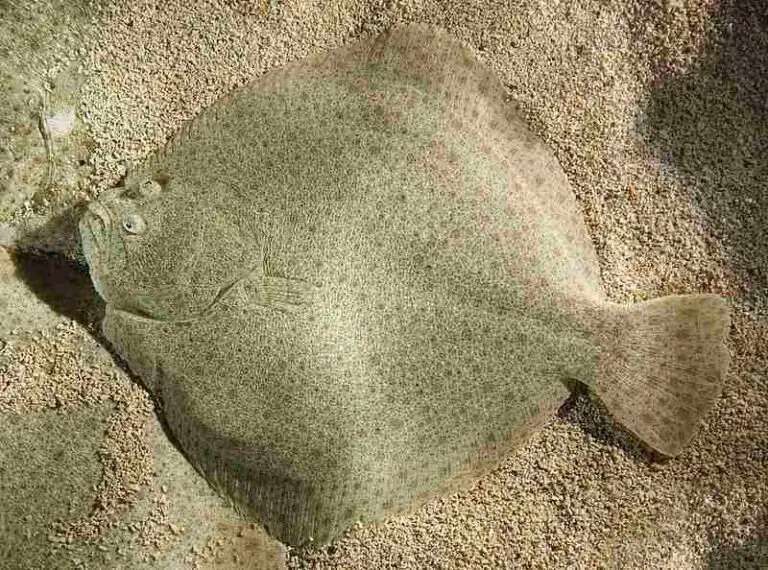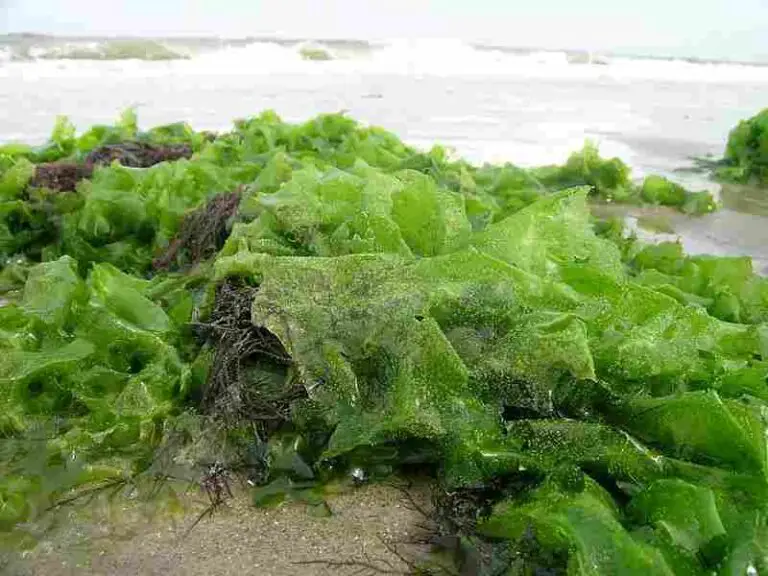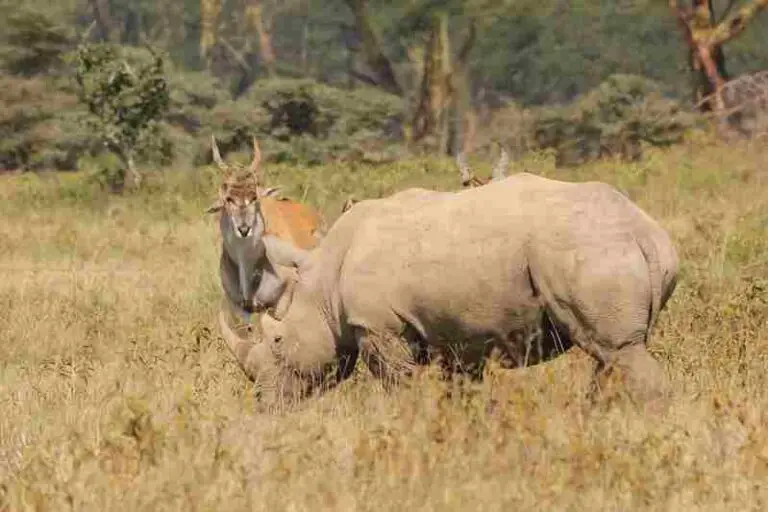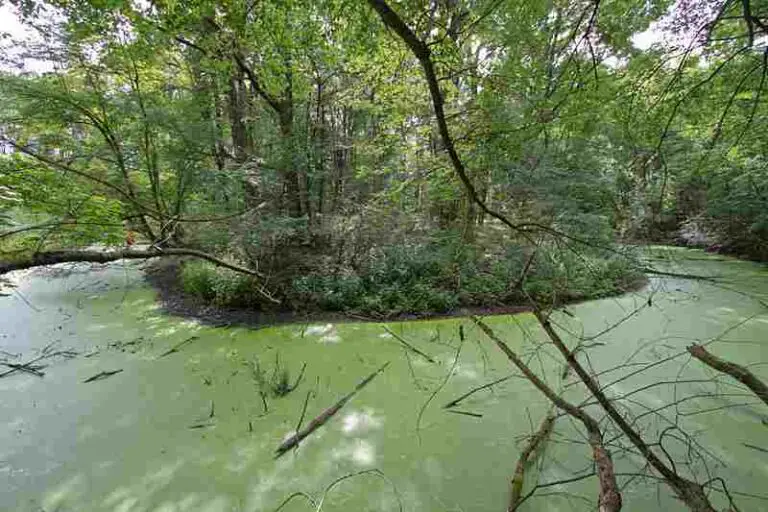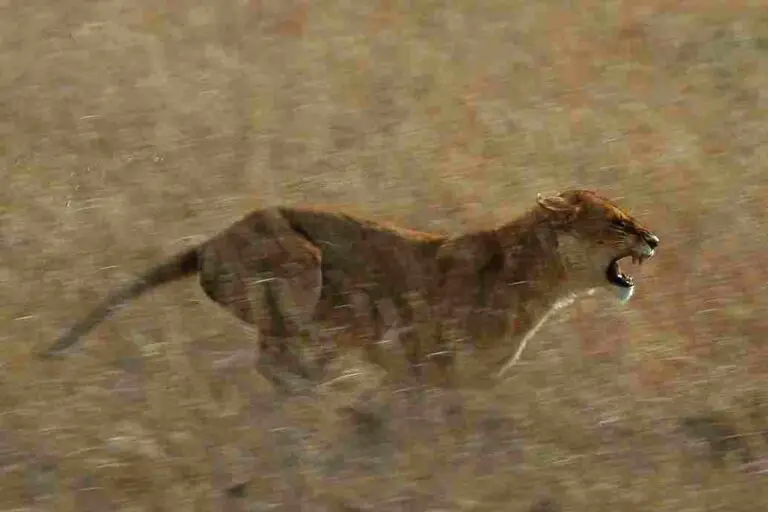15 Methods of Water Conservation Explained
Methods of water conservation are; reuse, recycling, harvesting, sustainable consumption, efficient water systems, sustainable agriculture, soil conservation, water dams, reservoirs, flood management, sustainable distribution, corporate conservation, geothermal water use, revegetation, reforestation, land use control, groundwater protection, waste management, pollution prevention.
This article discusses the methods of water conservation, as follows;
-An Outline of Ways to Conserve Water
Water Conservation Methods
1). Water Reuse (as one of the Methods of Water Conservation)
Water can be conserved through its reuse.
The reuse of water is part of an elaborate process of water reclamation that also includes water treatment and recycling.
As a practice, water reuse has been applied since prehistoric times, in both natural water systems and manmade facilities [2].
The purpose for which water is reused depends on the quality of the water.
In natural settings, water which flows downstream can be reused for purposes like irrigation, since it is not of good-enough quality to be used for domestic purposes.
The same applies to manmade settings. Water which has been used for purposes like dish washing and hand washing, can be reused for non-domestic purposes. This type of water is called ‘grey water’ [11], to denote that it has already been used but is not too contaminated to serve a second purpose.
Reusing water resources is very beneficial especially in domestic settings, to save water, energy, and cost. It is also useful in industrial settings.
2). Water Recycling
Recycling is one of the most important methods of water conservation. It is also the most effective aspect or step in water reclamation projects and procedures.
Water recycling refers to methods and practices designed to treat water which is contaminated or used, and to restore this water to a usable state [8].
As a result, water recycling can be alternatively called ‘water treatment-and-reuse’. It is the precursor to reuse of water resources, especially when the water must be reused in good quality.
It is important to recycle water because this reduces the rate of abstraction from natural reserves like rivers and aquifers. It also reduces the need to desalinate seawater, thereby saving time, money, and water resources.
Water recycling can be applied in all settings, including rural, urban, agricultural and industrial. It involves measures of water purification such as distillation, filtration and reverse osmosis.
The end-product of such processes may be in the form of filtered, chlorinated, or distilled water. These purified forms of water are relatively safe to use for different purposes.
In the natural ecosystem, water is recycled through geochemical and physical process in what is known as the hydrological cycle [12]. As part of water conservation efforts, it is recommendable to minimize the influence of human activities and their interference with the natural water recycling process.

3). Water Harvesting (as one of the Methods of Water Conservation)
Water harvesting is the act of trapping and collecting water from a natural or manmade source, to prevent contamination and wastage.
The most common form of water harvesting is ‘rainwater harvesting’, which is simply the collection of rainwater [10].
Rainwater harvesting is a very important practice, because rainwater itself is the purest and most essential, natural form of water formed in the hydrological cycle.
There are various methods and purposes of rainwater harvesting. It is possible to capture or trap water that falls on rooftops, and collect or harvest this water.
In more elaborate settings, a water harvesting system can be installed on the roofs of buildings and other structures. Such systems usually comprise of conduits, channels and collecting vessels to control the flow of rainwater.
Rainwater can also be harvested from trees [7]. Water that has been trapped by the branches and leaves of trees can be collected using vessels and harvesting systems.
In terms of manmade sources, condensate water can be harvested from manmade heating and cooling systems. Air conditioning systems can produce several gallons of water on a daily basis, depending on their size and schedule of operation.
By harvesting and conserving this condensate water, the energy efficiency of the system is improved. The water is also of good quality, because it forms by condensation, like distilled water and rainwater.
Aside being one of the methods of water conservation, water harvesting is a way to mitigate the risk of natural hazards like flooding, as well as other environmental problems like stormwater pollution.
Water which has been harvested or captured can be released into natural reserves like rivers and groundwater aquifers, to serve as replenishment.
The use of harvested water depends on its quality. It is not recommendable to use this type of water for domestic purposes. The reason is because the water could be contaminated as it flows over surfaces and through channels into the collecting vessel. Ingestion of such water can have negative health effects [1].
It is more recommendable to use harvested water like re-used or grey water, for non-domestic purposes. Otherwise, it can be released into natural water reserves where it is purified by geochemical and physical processes, or it can be treated and purified before it is used.

4). Sustainable Consumption
Sustainable water management, use or consumption, is the act of saving water through conservative consumption, in order not to exceed the limits of available resources.
The sustainable consumption of water is essential especially in areas where the available amount of water is not surplus. This includes highly-populated regions and areas prone to desertification.
Some steps must be taken before sustainable water consumption can be effective. Firstly, evaluation or assessment of water reserves is necessary to estimate the amount of water that is available.
After evaluation has been carried out, metering is also important. Water metering is the installation of measuring systems to estimate the amount of water that is being consumed in buildings [13].
Some of the outcomes of water metering include preventing wastage, detecting leaks in water supply infrastructure, and ensuring that the cost of water usage is assigned.
In agriculture, sustainable farming approaches like drip irrigation and mulching can control the rate at which water is consumed, and prevent wastage.
5). Efficient Water Systems (as one of the Methods of Water Conservation)
Having an efficient water system is very important, because the effectiveness of all other methods of water conservation will be reduced if the system in charge of water storage, supply and distribution is faulty or inefficient.
Some potential problems of water supply systems include leakages, faulty water faucets; damaged components, and poor distribution equipment.
These problems can lead to wastage, pollution, and low accessibility of water resources.
In order to ensure that water is conserved, faulty and damaged system components should be either replaced, renovated, or repaired.
For example, a water meter should be installed to detect leaks that cause water wastage. When these leaks have been detected, they should be sealed or the equipment should be replaced.
In cases where the system is old and has experienced rusting or bacterial and algal growth, renovation is important. This will prevent pollution of water that is supplied by the system, and improve performance.
Faulty or damaged faucets cause water to be wasted or inaccessible. These should be replaced as well.
In irrigation systems, these practices can also be applied to improve efficiency and conserve water. Leaks, faults and other forms of damage should be repaired. New distribution methods should be used to reduce the amount of water that is consumed.
Natural water systems can also be made efficient by protecting them from pollution, as well as removing sediments and other materials that obstruct the flow of water.
Other systems like flood control, dams, reservoirs, and water capture systems should also be maintained and improved through repair, replacement and renovation. Such an approach will conserve water in the long run.
6). Sustainable Agriculture and Soil Conservation
Several principles and practices of sustainable agriculture; such as crop rotation, composting, contour farming, biodynamic farming, hydroponics, mulching and sustainable irrigation, are useful for conserving both soil and water resources [15].
Water is important for the growth and survival of crops and livestock. The practice of water conservation has several benefits in agriculture. These benefits include; pollution prevention, growth and productivity optimization, and cost reduction.
Sustainable agriculture ensures that crops and livestock, as well as other agricultural factors like food processing, sanitation and equipment maintenance, do not waste water resources. It provides methods that can optimize the manner in which water is used, to increase efficiency while reducing wastage and consumption.
Water harvesting, treatment, recycling and sustainable distribution can all be achieved through effective and proper implementation of sustainable farming practices. As a result, water will be conserved.
7). Water Dams and Reservoirs (as one of the Methods of Water Conservation)
Water dams and reservoirs are manmade infrastructure that are useful for water conservation.
A dam controls or restricts the flow of natural water bodies like rivers and groundwater reserves [4]. These structures ensure that the water flow direction and hence the pattern of use and recycling, is controlled.
Dams usually work with reservoirs in which they store water during periods of excessive water availability [17].
This storage is possible because the dam controls water flow, prevents excessive flow, and ensures that the water is channeled into reservoirs.
The water that is retained and stored by such means is used for domestic purposes, industrial and agricultural use, as well as for hydroelectricity generation.
Water dams and reservoirs have immense economic value, as well as environmental value for mitigating flood risk, recycling water, and for electricity generation.
8). General Flood Management
Aside the use of dams, other methods of flood management are useful for conserving water resources.
These include vegetation of slopes, flood walls, embankments, levees, and rock berms.
The importance of these methods in water conservation are as a result of the fact that they are all geared toward controlling how stormwater flows; either by channeling this water into reservoirs, or by enabling the water to be absorbed into the soil and natural water bodies.
By optimizing flood control systems and methods, it is possible to ensure that they also perform the function of water conservation [5].
Flood water that has been conserved during periods of high precipitation and excessive flow can subsequently be used in periods of drought and scarcity [16].
9). Sustainable Distribution (as one of the Methods of Water Conservation)
One of the methods of water conservation is the equitable and sustainable distribution of water resources [6].
The words ‘equitable’ and ‘sustainable’ are used in place of ‘equal’ because the most effective way to distribute water resources is according to existing needs.
For example; the amount of water that is needed in agriculture is not always equal to that which is needed in manufacturing, industry and residential areas. Therefore, in order for water resources to be sustainable, these different sectors should be allocated according to their needs, and in such a manner that prevents undersupply or wastage.
By distributing water resources equitably, energy and money are conserved. Equipment for water distribution are also preserved from wear and tear, when they are allowed to operate within their fair limits.
Sustainable distribution may also apply to the allocation of water to areas where drought and scarcity occur. In such cases, care must be taken to ensure that distribution is equitable without undersupply or wastage.

10). Corporate Conservation Practices and Policies
Here, ‘corporate’ refers to institutions, agencies and industries that are involved in water conservation.
Institutions that can play a role in water conservation include environmental and commercial organizations in both public and private sectors.
Agencies are responsible for carrying out evaluations and developing policies that guide institutions and the general public on how to conserve water.
Industrial practices have a significant effect on water conservation, in terms of the quantity and quality of water and how it is used. Industries involved in all forms of manufacturing, supply and energy services, can conserve water resources by taking measures to prevent pollution, renovating water supply systems, using water meters to prevent wastage, implementing water purification and recycling, and generally improving their methods.
11). Geothermal Water Use
Geothermal water is water that occurs in underground reserves where heat from radioactive materials have caused a rise in temperature.
This type of water is a source of geothermal energy, a renewable energy form that can be used in cogeneration and heating systems to produce heat and electricity.
In addition to these uses, geothermal water reserves can substitute for other water sources, in areas where geothermal resources are relatively plentiful. Here, the distribution of hot water from geothermal reservoirs can be seen as a method of conserving water and energy resources.
This is especially the case when the geothermal water is recycled. To recycle geothermal water, treatment systems and techniques can be used. The purified (recycled) water may then be subsequently returned to natural reserves.
Although this approach will require energy, the cost of this energy can be offset by the renewable energy from geothermal fluids.
Similarly, saline geothermal water can be desalinated and converted to usable domestic (fresh) water.
In geothermal power plants, water conservation can also be practiced through treatment and recycling of geothermal fluid.
12). Revegetation and Reforestation
There are various terms used to describe the cultivation of plants to conserve water. These include conservation tillage, drought-resistant cultivation, terrace farming, reforestation and revegetation.
The idea behind this approach is to prevent the wastage of water by cultivating plants to either use this water for their growth, or improve soil moisture retention.
In areas where deforestation has occurred, the risk of water wastage through flooding is relatively high [3]. In similar manner, urban areas with little or no vegetation are more affected by stormwater runoff and pollution, than rural areas with vegetation.
Drought-resistant crops can be cultivated to protect the soil, and improve moisture infiltration and storage in underground aquifers. The same can often be achieved with other types of crops, although drought-resistant species are best for drought-prone or water-scarce areas.
Plant roots in the soil can improve permeability and porosity, thereby allowing the soil to absorb more water at a faster rate. These plants also act as a barrier to control water runoff, retain water for infiltration, and prevent flooding.
Aside infiltration into aquifers, the presence of vegetation helps to optimize the natural hydrological cycle through evapotranspiration, and enables water to be returned to rivers and streams.
13). Land Use Control and Groundwater Protection
Land management is one of the methods of water conservation [14].
One of the aspects of land management is the monitoring and regulation of land use. This includes efforts to ensure that human activities do not cause environmental degradation in the form of soil and water pollution or landform changes.
Land use regulation protects water resources both underground and on the surface.
For example, when land use is effectively regulated, then the management of waste in landfills and other sites can be controlled such that the waste materials and their degradation products do not pollute soil and water.
Land use regulations also protect water resources from contamination by agricultural materials and industrial activities. These include fertilizer usage, and discharge of industrial waste.
In order to conserve water and the entire environment, land management encourages sustainable practices like waste-to-energy conversion, and biofuel usage. These practices are beneficial to conserve not only water resources, but also air quality and soil productivity.
14). Waste Management
Waste management conserves water resources by reducing the occurrence of waste materials in water bodies and reservoirs [9].
Also, effective management of waste includes treatment of wastewater, which ensures that such water is not wasted, and prevents pollution as a result of untreated wastewater disposal.
Lastly, waste management reduces the risk of flooding and other water-related problems.
15). Pollution Prevention
Pollution prevention is a term that can be used to describe all processes and methods that reduce or prevent the spread of pollutants.
Various measures can be taken to protect water resources from pollution.
These include the installation and operation of treatment plants, the implementation of sanitation, waste management, landscape management, environmental remediation, and sustainable farming.
An Outline of Ways to Conserve Water
Some ways to conserve water are;
- Installation of flow gauges and restrictors
- Taking short showers
- Use of conservative water faucets
- Do not leave tap water flowing unmonitored
- Do not use washing equipment until they are full of dishes or clothes
- Check pipes regularly for leaks
- Install water meters
- Reuse grey water for non-domestic purposes
- Harvest rainwater
- Practice mulching in farms and gardens
- Plant drought-resistant vegetation
Conclusion
Methods of water conservation are;
- Water Reuse
- Water Recycling
- Water Harvesting
- Sustainable Consumption
- Efficient Water Systems
- Sustainable Agriculture and Soil Conservation
- Water Dams and Reservoirs
- General Flood Management
- Sustainable Distribution
- Corporate Conservation Practices and Policies
- Geothermal Water Use
- Revegetation and Reforestation
- Land Use Control and Groundwater Protection
- Waste Management
- Pollution Prevention
References
1). Akanwa, A. (2020). “Rural Harvested Rainwater: Effect of Roof Types and its Design on Water Quality and Health: A Case for CBP Approach in Anambra State.” Available at: https://doi.org/10.18488/journal.80.2020.71.1.14. (Accessed 2 August 2022).
2). Angelakis, A. N.; Asano, T.; Bahri, A.; Jiménez, B.; Tchobanoglous, G. (2018). “Water Reuse: From Ancient to Modern Times and the Future.” Frontiers in Environmental Science 6:26. Available at: https://doi.org/10.3389/fenvs.2018.00026. (Accessed 2 August 2022).
3). Bradshaw, C. J. A.; Sodhi, N. S.; Peh, K. S.; Brook, B. W. (2007). “Global Evidence that Deforestation Amplifies Flood Risk and Severity in the Developing World.” Global Change Biology 13:2379-2395. Available at: https://doi.org/10.1111/j.1365-2486.2007.01446.x. (Accessed 2 August 2022).
4). Ferencz, S.; Cardenas, M. B.; Neilson, B. T. (2019). “Analysis of the Effects of Dam Release Properties and Ambient Groundwater Flow on Surface Water‐Groundwater Exchange Over a 100‐km‐Long Reach.” Water Resources Research 55(11). Available at: https://doi.org/10.1029/2019WR025210. (Accessed 2 August 2022).
5). Gabriel-Martin, I.; Sordo-Ward, A.; Santillán, D.; Garrote, L. (2020). “Flood Control Versus Water Conservation in Reservoirs: A New Policy to Allocate Available Storage.” Water 12(994):1-13. Available at: https://doi.org/10.3390/w12040994. (Accessed 2 August 2022).
6). Hoekstra, A. (2014). “Sustainable, efficient, and equitable water use: the three pillars under wise freshwater allocation.” Wiley Interdisciplinary Reviews: Water 1(1). Available at: https://doi.org/10.1002/wat2.1000. (Accessed 2 August 2022).
7). Ilstedt, U.; Malmer, A.; Barron, J. (2016). “Forests working as rainwater harvesting systems.” Available at: https://www.researchgate.net/publication/42425358_Forests_working_as_rainwater_harvesting_systems. (Accessed 2 August 2022).
8). Kainth, G. S. (2015). “Recycling waste water and Reuse System.” Recycling waste water and Reuse system, Amritsar. Available at: https://www.researchgate.net/publication/269877128_Recycling_waste_water_and_Reuse_System. (Accessed 2 August 2022).
9). McLean, D. J.; McGregor, J. (2005). “Water conservation through trade waste management.” Available at: https://www.researchgate.net/publication/297351479_Water_conservation_through_trade_waste_management. (Accessed 2 August 2022).
10). Medina, V. F. (2016). “Rainwater Harvesting.” Technical Note 25Affiliation: United States Army Corps of Engineers-Whole Building Design Guides. Available at: https://www.researchgate.net/publication/299447319_Rainwater_Harvesting. (Accessed 2 August 2022).
11). Oteng-Peprah, M.; Acheampong, M. A.; deVries, N. K. (2018). “Greywater Characteristics, Treatment Systems, Reuse Strategies and User Perception—a Review.” Water Air and Soil Pollution 229(8). Available at: https://doi.org/10.1007/s11270-018-3909-8. (Accessed 2 August 2022).
12). Salas, J. D.; Govindaraju, R. S.; Anderson, M. L.; Arabi, M.; Suarez, W.; Lavado, W.; Green, T. R. (2014). “Introduction to Hydrology.” Modern Water Resources Engineering (pp.1-126). Available at: https://doi.org/10.1007/978-1-62703-595-8_1. (Accessed 2 August 2022).
13). Schumann, D.; Kroner, C.; Ünsal, B.; Haack, S.; Kondrup, J. B.; Christophersen, N.; Benková, M.; Knotek, S. (2021). “Measurements of water consumption for the development of new test regimes for domestic water meters.” Flow Measurement and Instrumentation 79(1):101963. Available at: https://doi.org/10.1016/j.flowmeasinst.2021.101963. (Accessed 2 August 2022).
14). Setyawan, C.; Susanto, S.; Lee, C. (2019). “Land and water conservation practices in tropical agricultural watershed.” Journal of Degraded and Mining Lands Management 06(02):1697-1704. Available at: https://doi.org/10.15243/jdmlm.2019.062.1697. (Accessed 2 August 2022).
15). Stagnari, F.; Jan, S.; Galieni, A.; Pisante, M. (2016). “Sustainable agricultural practices for water quality protection.” Water Stress and Crop Plants (pp.75-85). Available at: https://doi.org/10.1002/9781119054450.ch6. (Accessed 2 August 2022).
16). Xu, B.; Huang, X.; Zhong, P.; Wu, Y. (2020). “Two-Phase Risk Hedging Rules for Informing Conservation of Flood Resources in Reservoir Operation Considering Inflow Forecast Uncertainty.” Water Resources Management 34(4). Available at: https://doi.org/10.1007/s11269-020-02571-y. (Accessed 2 August 2022).
17). Yildiz, D.; Özgüler, H. (2017). “Storing Water in Dam Reservoirs: Why is it Necessary?” Available at: https://www.researchgate.net/publication/321292563_Storing_Water_in_Dam_Reservoirs_Why_is_it_Necessary. (Accessed 2 August 2022).
